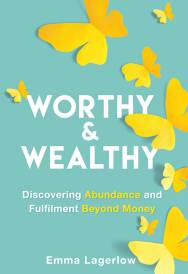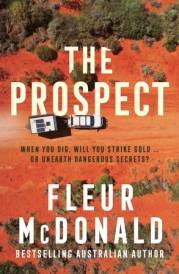Chinese Fortunes
The Museum of Australian Democracy at Eureka (M.A.D.E) presents Chinese Fortunes, an exhibition exploring the stories of early Chinese Australians – miners, gardeners, merchants, storekeepers, furniture makers, detectives, interpreters, philanthropists, entertainers and business people - and the rich diversity of Chinese Australian history leading up to Federation.
There are long held stereotypes of Chinese miners - thousands of Chinese men, indentured labourers, living and working in squalor, surface mining and washing the tailings of gold mines. There are also long held stories about violence, opium addiction, gambling and anti-Chinese immigration propaganda that has made it easy to think of the Chinese in Australia, during the gold rush eras, as a homogenous and unsophisticated group.
This image does not reflect the complexities of Chinese culture, nor does it explain the truth of life on the gold fields and the contributions made by the Chinese to developing our nation during the high colonial period (second half of 19C).
Chinese Fortunes' Curator, Cash Brown, says -In the past thirty years, our understanding of the history of Chinese Australians has been remade. Thanks to a growing community of researchers and historians we have new insights into the political, economic and cultural dimensions of Chinese Australian experiences. M.A.D.E's role as a museum of democracy is to shine a light on these stories and the way they have shaped contemporary Australia and the development of Chinese Australian identity.'
Despite the political and economic upheavals in China during the 19th Century, which made travelling to the international goldfields an attractive proposition, Chinese culture was, and still is, varied and highly sophisticated. Chinese Fortunes examines how with organisation and sophistication, incredible spirit of determination, and the ability of the Chinese to integrate into western societies, pioneering Chinese Australians survived, and in many cases came to prosper.
Chinese diaspora was different to the predominant European influx, but the reasons were the same – to make money, and to seek a better life. As with Europeans, not all came to mine, and some turned the skills brought with them into businesses and trades which supported economies and social structures in the goldfields and cities across Australia.
For those who made it (11 000 died during the journeys), life could be harsh, unjust and did not always result in the sojourners returning triumphantly to China as Gold Mountain Men. Like many Europeans seeking their fortunes, some remained stranded, destitute and disenfranchised. Others built lives in Australia, often returning home for familial and business visits despite harsh taxes. The Chinese rallied against unfair taxes and restrictions, using western forms of protest and civil action to bring about awareness and change, while still supporting local community projects like building hospitals and benevolent asylums.
Opening on Chinese New Year, January 28 2017, and open until June 25, Chinese Fortunes shares the remarkable contributions made by the Chinese from 1851 to 1901, and their unparalleled spirit of determination.
MORE



